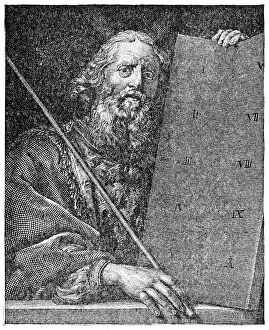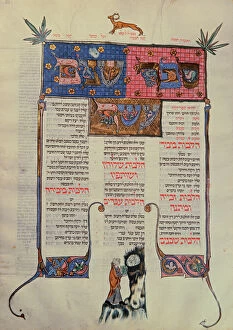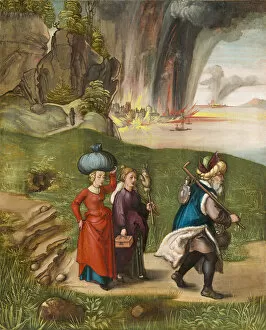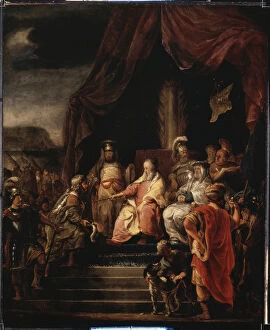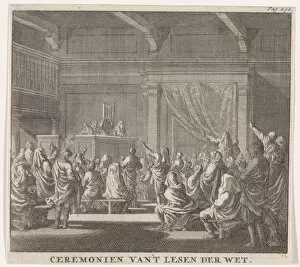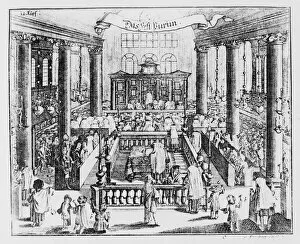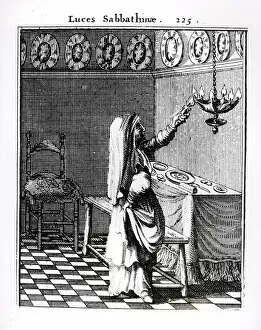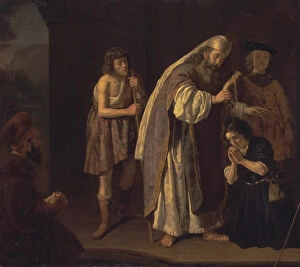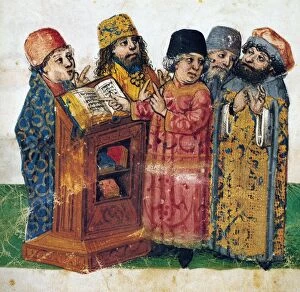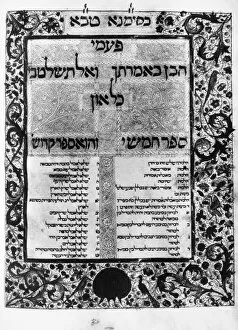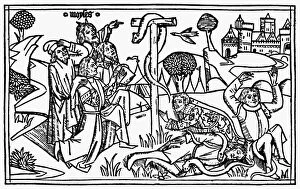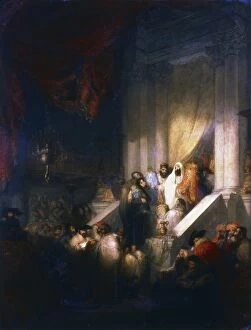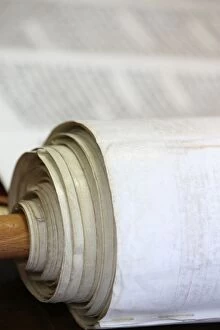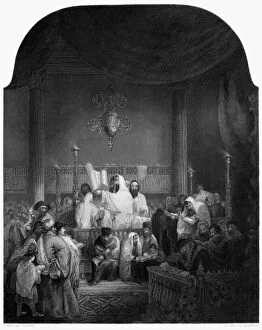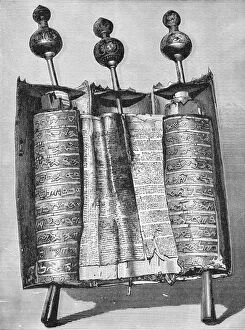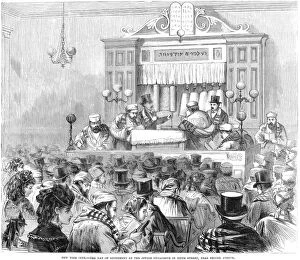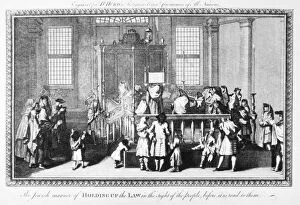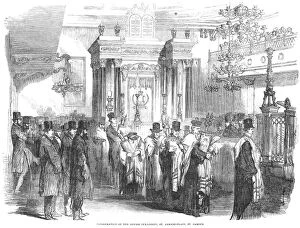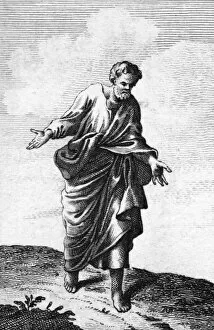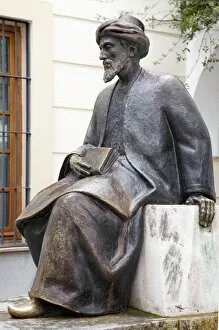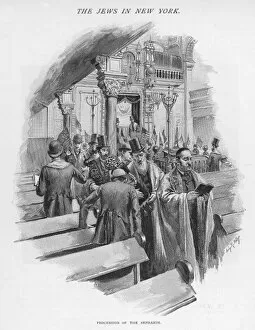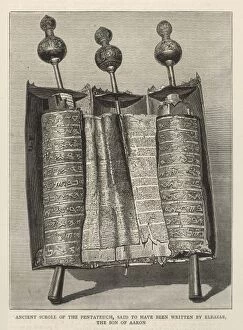Torah Collection (#10)
The Torah, a sacred scroll used in the ritual reading during Jewish prayers, holds immense significance in the religious and cultural traditions of Judaism
For sale as Licensed Images
Choose your image, Select your licence and Download the media
The Torah, a sacred scroll used in the ritual reading during Jewish prayers, holds immense significance in the religious and cultural traditions of Judaism. Originating from Italy in Europe, it has been cherished for centuries as a symbol of divine wisdom and guidance. One notable figure associated with the Torah is Rabbi Israel ben Eliezer, also known as Baal Shem Tov. In the 19th century, he emphasized the importance of connecting with God through heartfelt prayer while studying from this holy scripture. In Paris, France, another remarkable artifact related to the a pair of Rimonim - decorative ornaments that adorn its handles. These intricate designs showcase the artistic craftsmanship prevalent during that era. Accompanying the Torah scroll is a Yad or Torah pointer used by readers to follow along without touching its delicate parchment pages. This exquisite piece can also be found in Paris and adds an element of reverence to every reading. A stunning depiction from 1797 showcases not only Scrolls of the Torah but also a beautifully crafted cover adorned with depictions of The Ten Commandments. This artwork serves as a reminder of both spiritual teachings and historical events engraved within these ancient texts. An evocative painting by Maurycy Gottlieb portrays Jews praying in a Synagogue on Yom Kippur in 1878. It captures their devotion and connection to their faith as they engage with this timeless scripture during one of Judaism's holiest days. Jonathan ben Nathan Eybeschütz (1690-1764), depicted in an intriguing portrait from 1772, was renowned for his scholarly contributions to understanding and interpreting the complexities embedded within these sacred writings. The story behind Moses' discovery resonates deeply within Jewish tradition; it represents hope amidst adversity and divine intervention shaping destiny. Artists throughout history have sought inspiration from this powerful narrative when creating visual representations like The Finding Of Moses.




